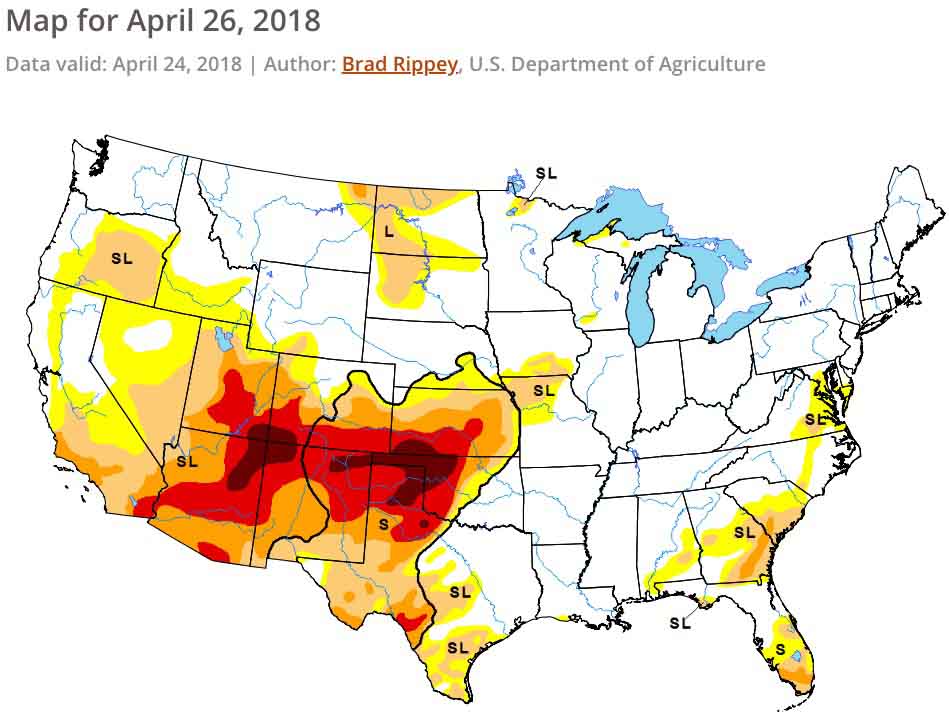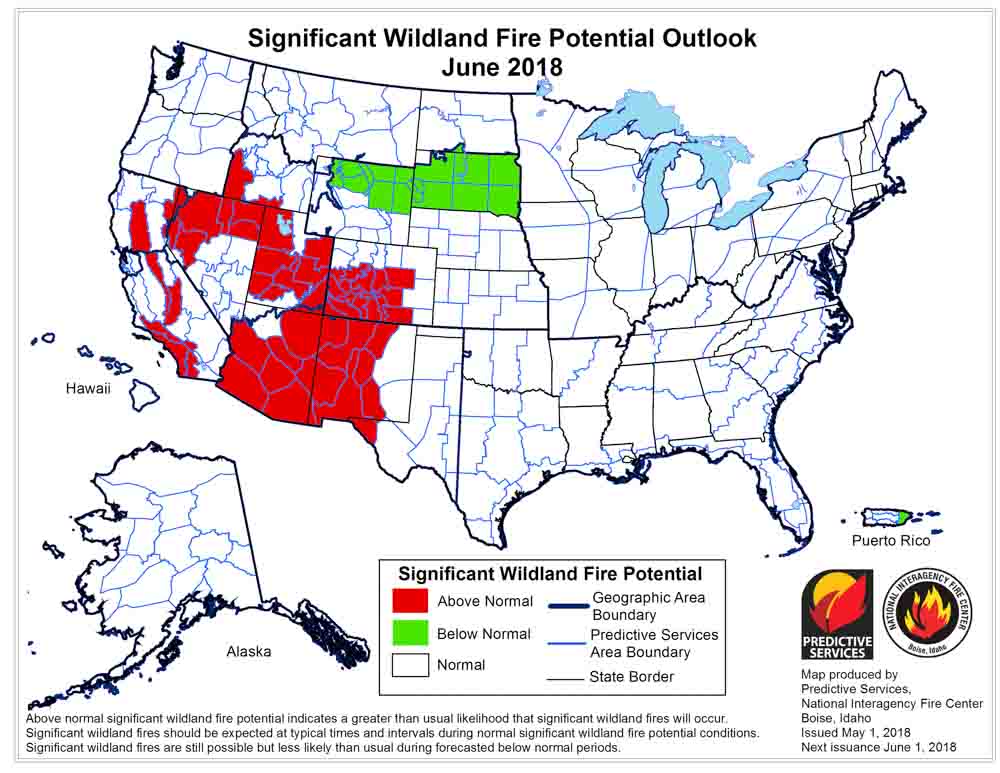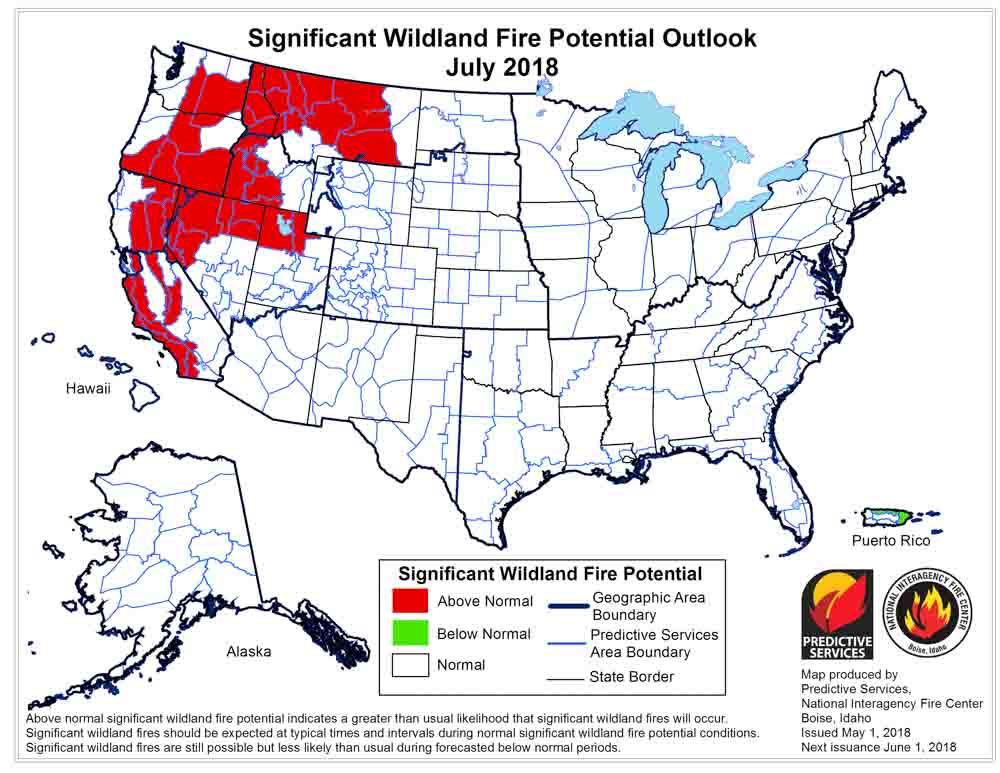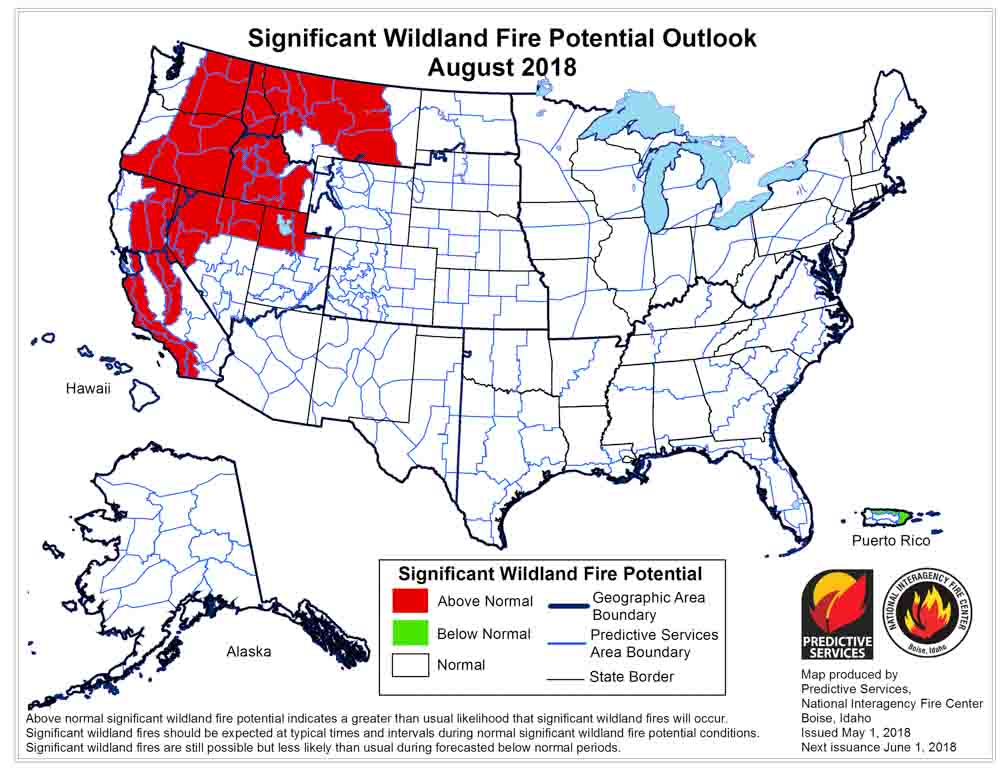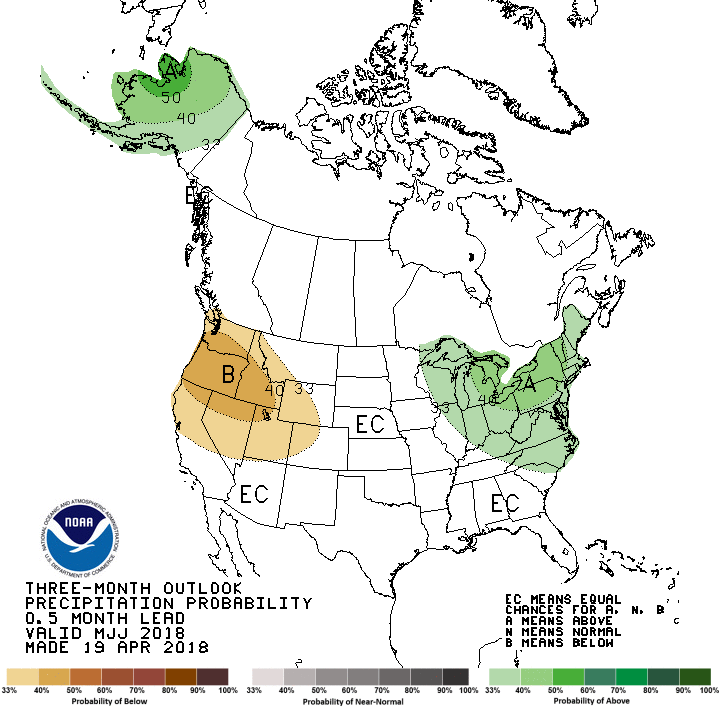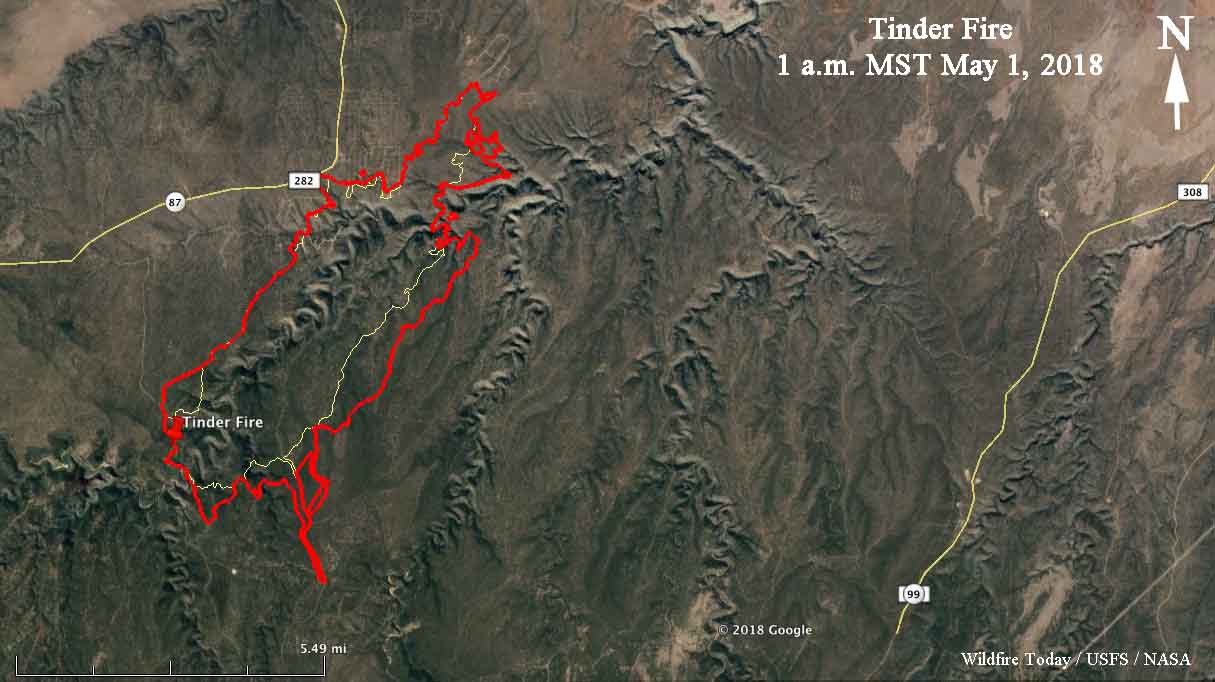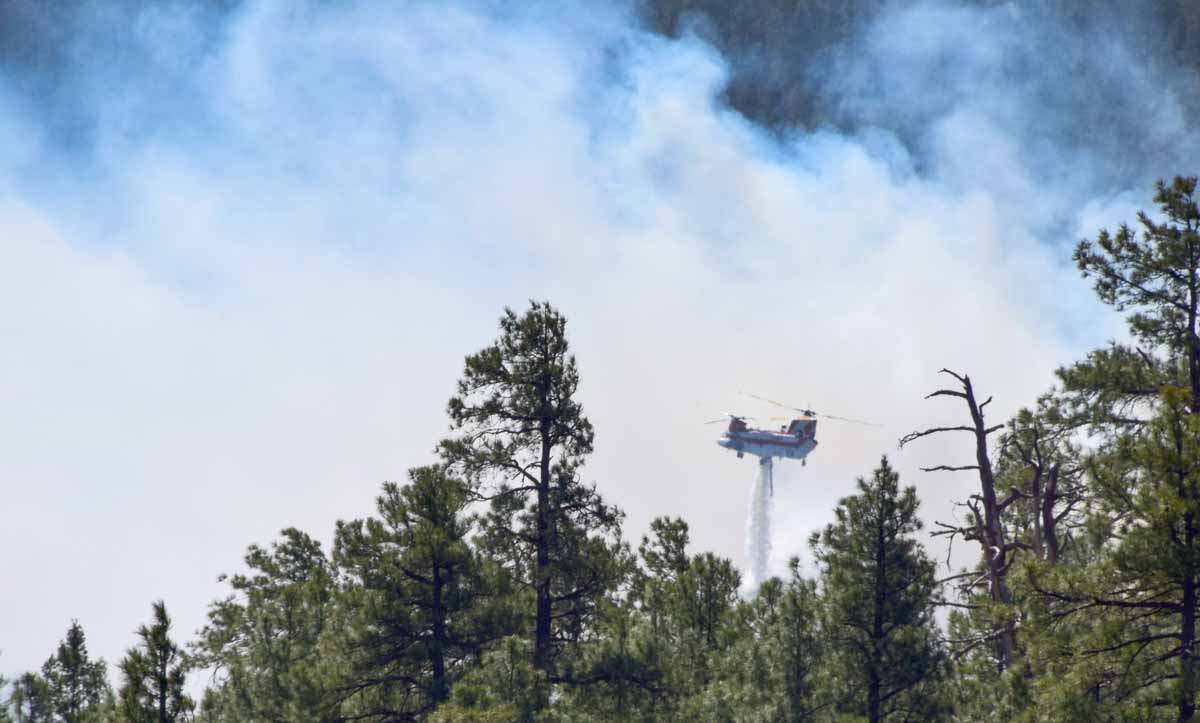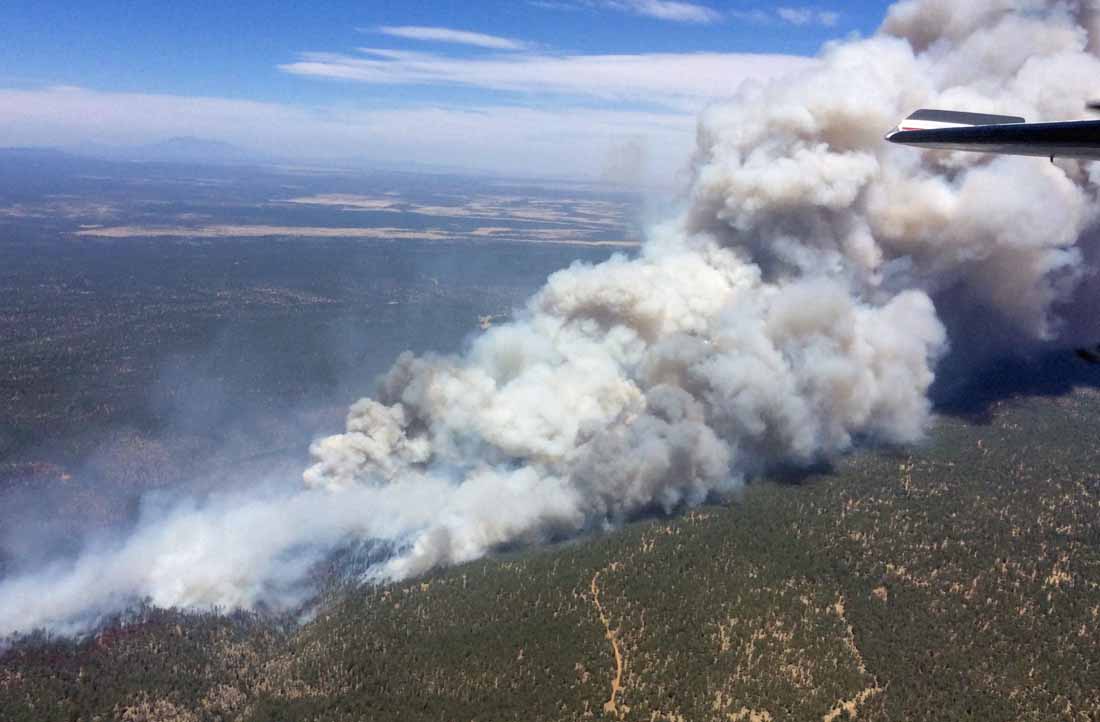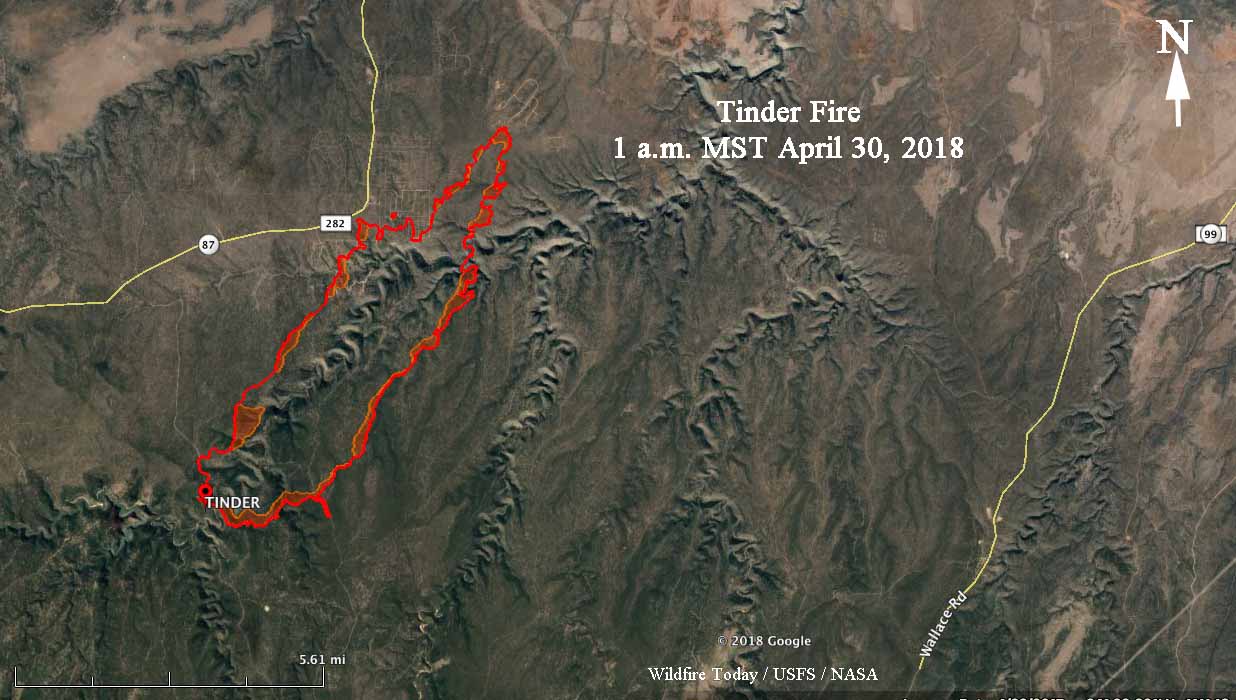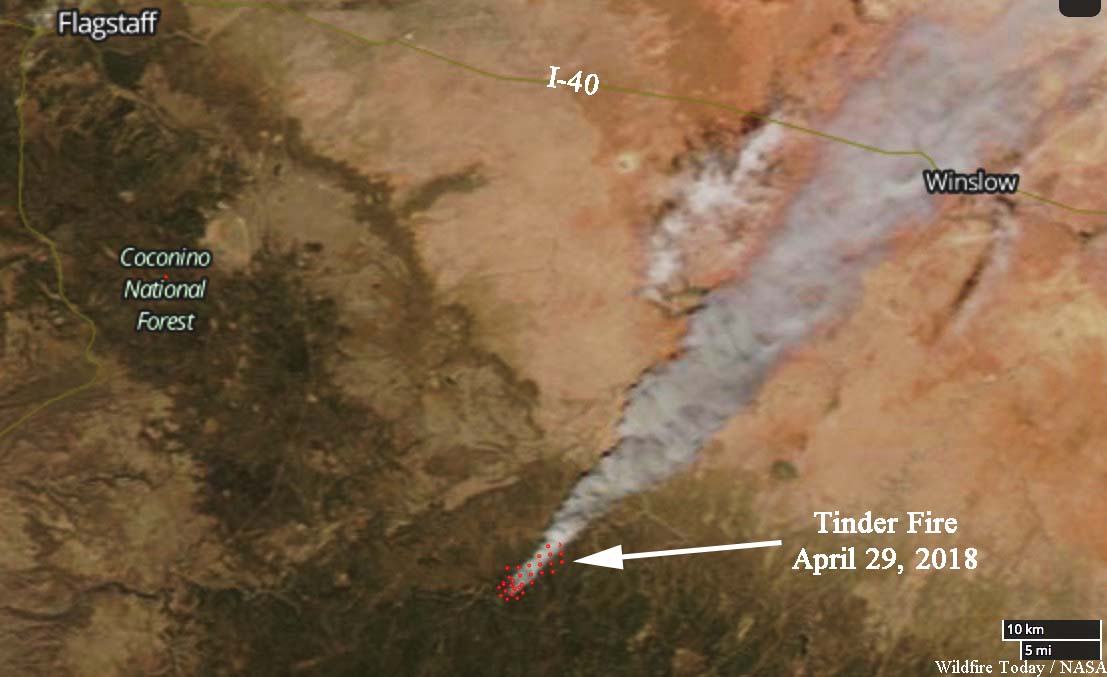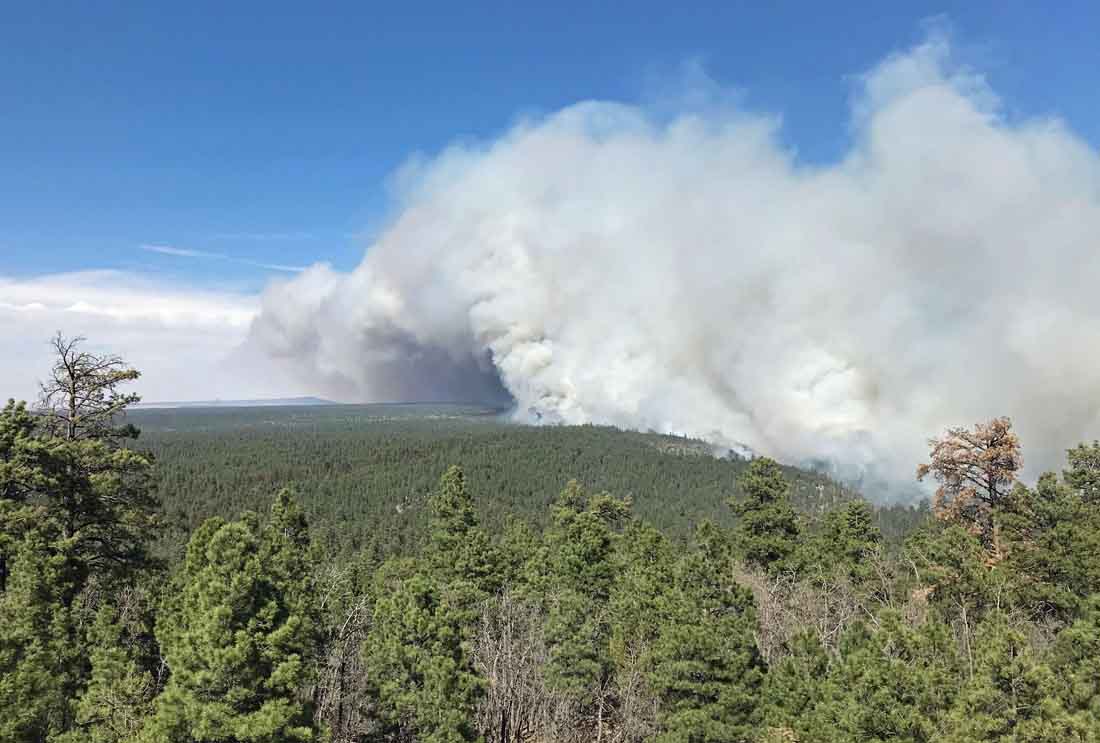(Originally published at 12:03 p.m. MDT May 1, 2018)
On May 1 the Predictive Services section at the National Interagency Fire Center issued their Wildland Fire Potential Outlook for May through August. The data represents the cumulative forecasts of the ten Geographic Area Predictive Services Units and the National Predictive Services Unit.
If their analysis is correct, in July and August California, the northwest, and the northern Rockies will experience above normal wildfire activity.
Below are:
- The highlights of the NIFC narrative report for the next several months;
- NIFC’s monthly graphical outlooks;
- NOAA’s three-month temperature and precipitation forecasts; and,
- Drought Monitor.
“The significant wildland fire potential forecasts included in this outlook represent the cumulative forecasts of the ten Geographic Area Predictive Services units and the National Predictive Services unit.
“Preexisting drought conditions along with several wind events allowed for fire activity across the southern Great Plains and New Mexico to increase in April. By month’s end, activity was beginning to spread westward into Arizona and southern California. Entering May, a normal progression of fire activity is being observed as the Great Plains begins to receive its spring rainfall while the Southwest continues to be dry. What is atypical is the drought severity that is in place across the Four Corners Region and now southern California. The drought coupled with the carryover of an above average fine fuel growth from last year is expected to lead to Above Normal Significant Wildland Fire Potential in May and June across portions of the Southwest, Great Basin, and southern California. In the East, the elevated potential across Florida and portions of Georgia will return to Normal potential as summertime convective patterns ensue.
“The peak of the fire season in the Southwest is expected to occur by late June, just before the onset of the annual monsoon season which should gradually bring their season to a close. Data suggests that the monsoon’s arrival should occur by early July. The projected focus of the monsoon’s early surges will be across New Mexico and Colorado but will refocus westward as July progresses. A normal transition of fire season activity west and north is expected through July as warmer and drier than average conditions develop across the western states. Of concern is the preexisting grass crop from 2017 and the new growth which will cure by July across California, the Great Basin, and Oregon. Higher, timbered elevations in these areas will become a concern by July as the past winter’s below average snowpack melts allowing for the high elevation fuels to become dry enough to support fire activity.
“In August, seasonal transitions focus the fire activity over the northwestern quarter of the country, though central and southern California also continue to experience significant activity. With significant carryover of fine fuels from last year and average grass crop growth this year, elevated fire potential will continue into August across many of the lower and middle elevations from the central Great Basin and California northward to Canada. Higher elevations in the Cascades, Northern Sierras, and possibly the Northern Rockies may also see elevated fire potential as well should warmer and drier than average conditions develop as expected.
“In Alaska, Normal Significant Wildland Fire Potential is expected as the state experiences a typical transition into fire season. Conditions across the state have been generally wetter than average while temperatures have been warmer than average. Since this pattern is expected to continue through the core of the Alaskan fire season, the potential for Above Normal Significant Wildland Fire Activity is low.”
